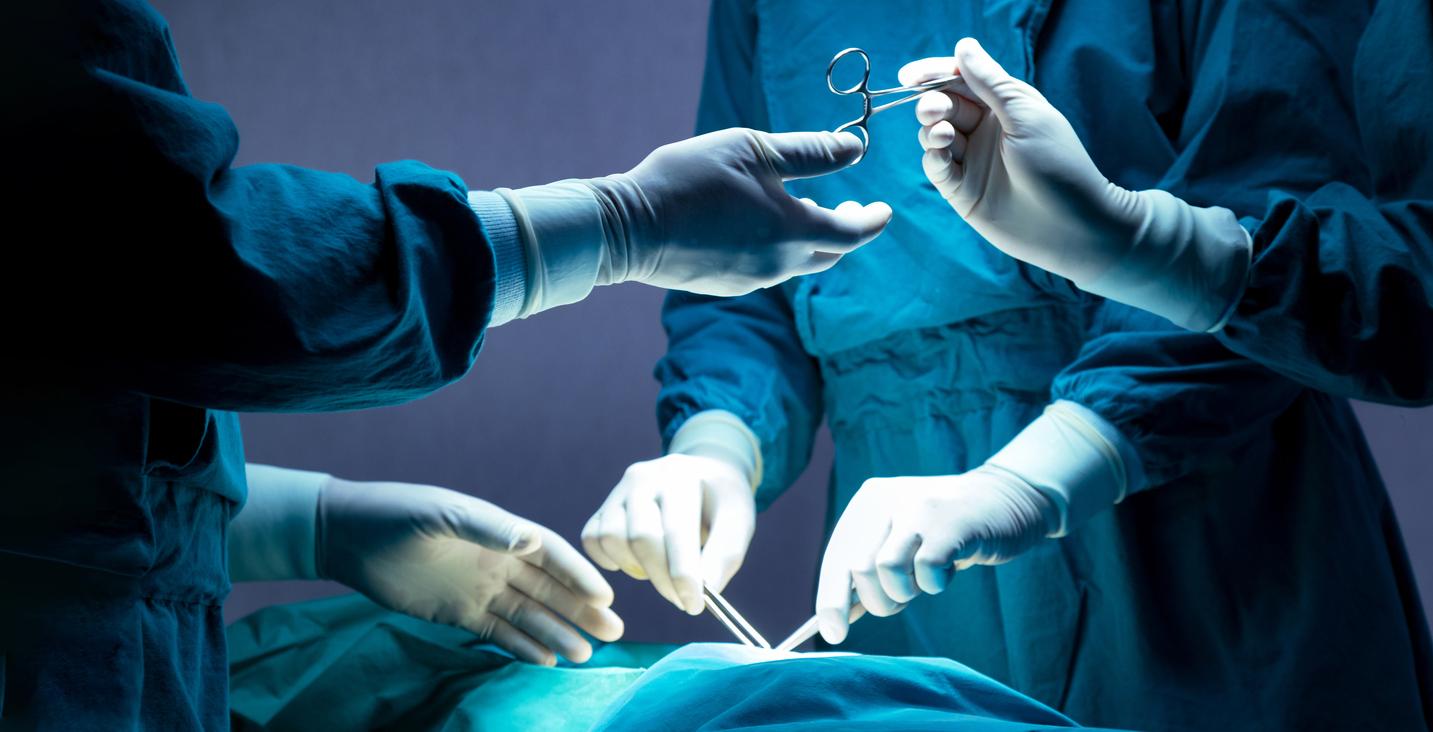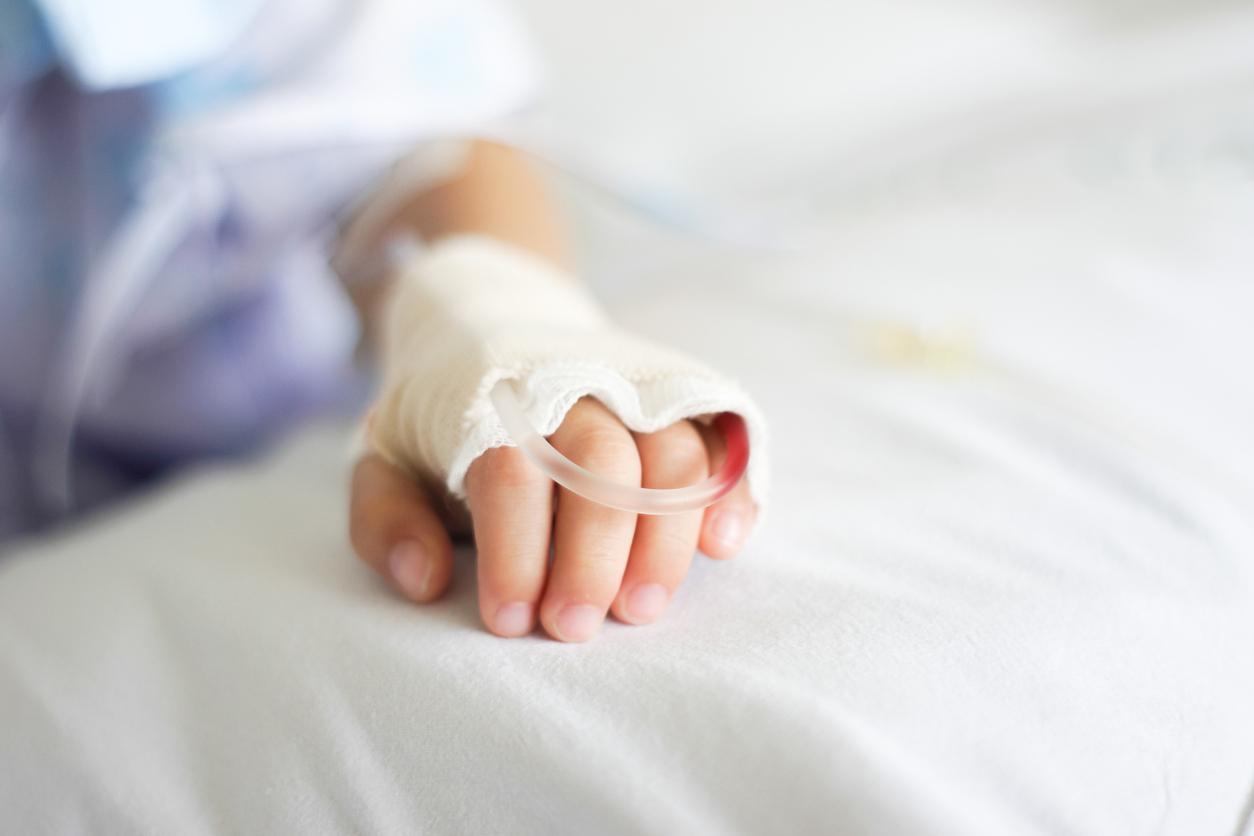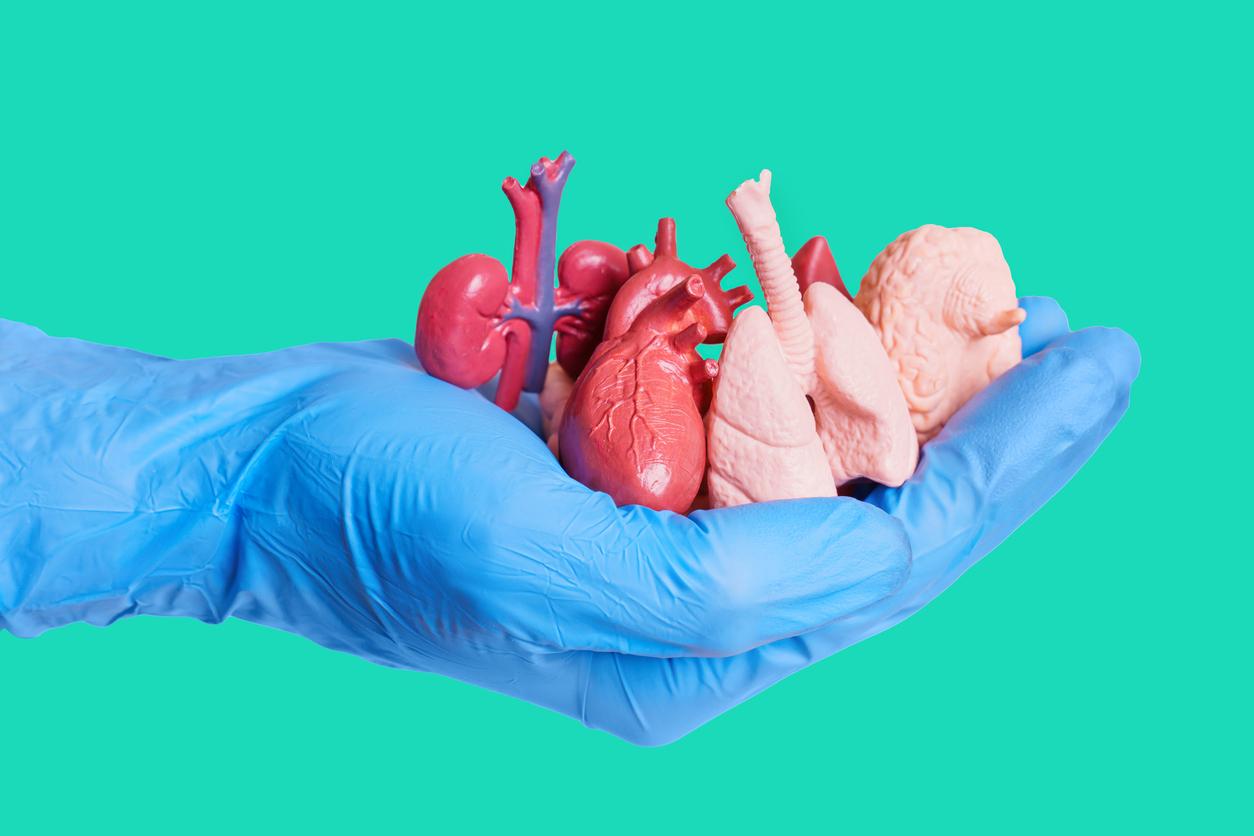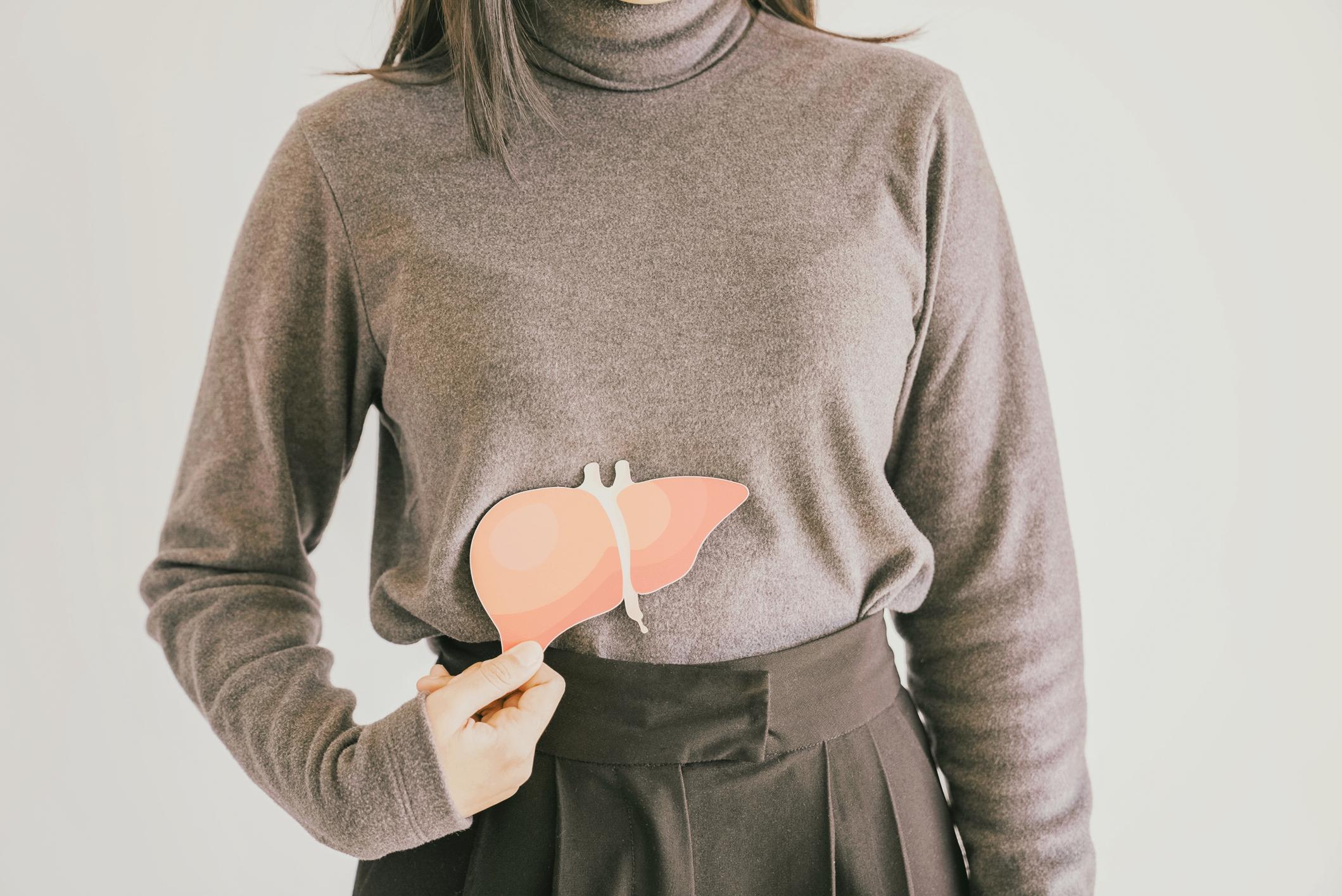
Special stem cells can grow into organs
Replacing old worn out organs with new ones to grow from stem cells – that’s the promise of regenerative medicine. Scientists in Dutch laboratories are working on solutions for kidney disease, diabetes, osteoarthritis and heart disease.
Regeneration (literally: ‘regeneration’) already occurs naturally in humans. Our skin and liver, in particular, have a great capacity for self-healing. During a liver donation, a doctor can remove a part of healthy liver tissue from a living donor and thereby replace the function of a diseased liver. The piece of liver grows back to almost its original size in the recipient patient and the liver of the donor also partially grows back. Furthermore, the function of the donor and recipient livers partially recovers. Although the liver is exceptional in its regenerative capacity, many other organs can also partially repair themselves. How is that possible? Thanks to stem cells. These types of cells form the basis of a new branch of research: regenerative medicine.
A big promise
Stem cells can become any cell type present in our body, unlike most cells in our body. They are not flexible: a skin cell remains a skin cell for the rest of its life. With stem cells, researchers can make any cell type, potentially repairing damage caused by aging in the future. For example, stem cells can be transformed into nerve cells in a laboratory. Foreign researchers are now looking at what happens when you inject these nerve cells into patients with the Parkinson’s disease. The hope is that the new nerve cells will partly take over the tasks of the diseased nerve cells.
And the possibilities are not limited to single cells; researchers are also working on the development of mini-organs, the so-called organoids. It is expected that in the distant future even whole organs can be cultured in a laboratory. In combination with other techniques, such as gene therapy, the possibilities are even greater. The prospect is that a solution will be found for the great shortage of donor organs in the world.
Research spearheads
The Netherlands is at the forefront of countries conducting research into regenerative therapy. RegMed XB, a large-scale international partnership in the field of regenerative medicine, received millions from the National Growth Fund from the Dutch government in April this year to build a pilot plant for regenerative medicine. The factory will have locations in Eindhoven, Leiden, Maastricht and Utrecht. The research program focuses on kidney disease, diabetes, osteoarthritis (also known as osteoarthritis) and heart disease.
Brigitte Wieles works as a researcher at the Leiden University Medical Center. She explains the current situation: “We are developing a mini-kidney in Professor Ton Rabelink’s laboratory. We add signal substances to a specific type of stem cells, the ‘induced pluripotent stem cells’ (iPSCs). These cells spontaneously form a mini-organ in which all cells from the kidney are present. The mini-organ doesn’t look like a kidney, but more like a 5 centimeter pancake.”
Cells should not run wild
But how safe and effective is this mini kidney? The results of research on laboratory animals are positive, says Wieles. “After transplanting our mini-kidneys into the kidneys of laboratory animals, they continued to grow and were connected to the rest of the kidney by blood vessels. The mini-kidneys also filtered substances from the blood, just like a normal kidney does.”
Which is also very favorable: the transplant appears to be safe. A major fear in the use of products from stem cells is the development of tumors. By adding signal substances, iPSCs develop into, for example, kidney cells, but it may happen that a few cells do not become this cell type quite well, and they could run amok. “All products from iPSCs therefore have to be tested very thoroughly for safety. When we examined our mini-kidneys, we did not see any tumor formation, but this needs to be investigated extra carefully before we can actually use it in patients.”
Long, bumpy road
Are the mini kidneys ready for clinical trials in humans? “We’re not there yet,” says Wieles. “Our mini-kidneys contain too few nephrons, the work units of the kidneys. This means that the kidneys do not function optimally. We are therefore looking for other signaling substances that we can add, so that more stem cells develop into nephrons. Osteoarthritis and heart disease are also about the same as kidney disease. Researchers are looking at which signals work best to convert stem cells into cartilage cells and heart cells.”
Research into type I diabetes is somewhat more advanced. Researchers are successful in making insulin-producing cells from stem cells. The challenge is still to find out how and where the cells can best be administered to the patient. To keep the cells in place, researchers from Maastricht developed different types of ‘pockets’. They are now conducting animal testing to see which type of bag works best in which location. The first clinical studies in Leiden are expected to start within a year or two.
Despite the promising research results, the road to applying regenerative therapies to patients is still long and bumpy, Wieles explains. “It is not easy to make working cells or organs from stem cells. The next challenge is scaling up. We can now make a mini kidney of 5 centimeters, but to provide sufficient kidney function after transplantation, several of these mini kidneys are needed. If we are able to make enough mini-kidneys, all the steps that we have carried out in our research laboratory have to take place again in a special laboratory where extra attention is paid to a safe manufacturing process without pollution or errors. This is a requirement for the production of medicines. The whole process takes a lot of time.”
Very precious
And then there is the issue of costs. Wieles: “At the moment, two employees are working full-time for six months on making iPSCs from a piece of donor material. Added to this are the time and costs of making specific cells or mini-organs. As a result, these products are now very expensive. However, we will be able to robotize many steps that still take place manually in the future, making these therapies cheaper in the long term.”
In any case, it must be assessed for each condition whether the costs outweigh the effects of the treatment. And it is not a panacea to combat all forms of aging. “Man is not a car where you can keep replacing parts. The promise of regenerative therapy is that we will be able to cure chronic diseases in the future. But we also have to be realistic: patients will not notice much within the next ten years.”
What is an iPSC?
Induced pluripotent stem cells (iPSCs) do not occur naturally in our body, but can be made in a laboratory from all cell types. Most cells in our body have a fixed function: a skin cell never becomes a heart cell. The Japanese researcher Yamanaka discovered in 2006 that if you add the right signals to cells with a fixed function, they develop into stem cells that in turn can become any cell type present in our body. For the production of these stem cells, a donor can, for example, donate a piece of skin or a tube of blood. The iPSCs can double almost infinitely in a lab, allowing researchers to make products for thousands of patients from the cells of one healthy donor.
This article previously appeared in +Gezond.
Sources):
- Plus Healthy
















